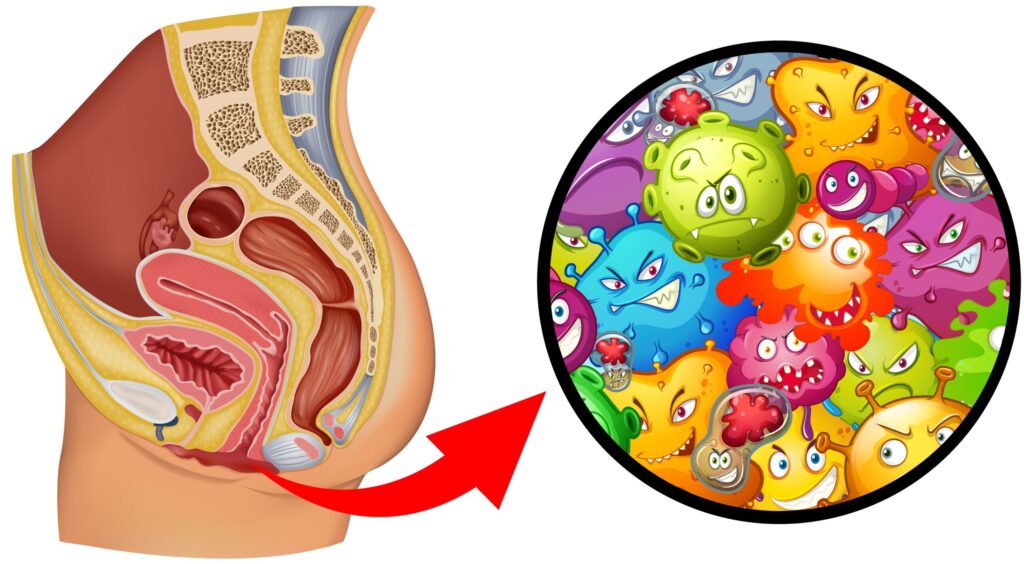Menstrual Health: A Guide to Your Monthly Cycle

Menstruation, commonly known as a period, is a natural and essential part of a woman’s reproductive health. It’s a monthly process that signifies the body’s readiness for potential pregnancy. Let’s dive into the important aspects of menstrual health to help you better understand your body and manage your menstrual cycle.
The Menstrual Cycle: A Monthly Rhythm
The menstrual cycle typically lasts around 28 days, although variations are common. It’s divided into several phases:
- Menstrual Phase: This phase marks the beginning of your cycle. The lining of the uterus, which thickened in preparation for pregnancy, sheds as menstrual blood. This phase usually lasts about 3 to 7 days.
- Follicular Phase: After your period, the body begins to prepare for potential pregnancy by developing a new egg follicle. Hormones like estrogen rise, stimulating the uterine lining to thicken.
- Ovulation: Around the middle of your cycle, usually on day 14, ovulation occurs. The egg is released from the follicle, making it ready for fertilization. This is the most fertile time of your cycle.
- Luteal Phase: After ovulation, the ruptured follicle becomes the corpus luteum. It produces progesterone, which helps maintain the uterine lining. If fertilization doesn’t occur, hormone levels drop, leading to the shedding of the uterine lining, and the cycle begins anew.
Managing Menstrual Health: Tips for Comfort
Menstrual health management is an essential part of every woman’s routine, ensuring comfort and well-being throughout her cycle. Here, we’ll explore valuable tips to help you navigate your menstrual journey with ease and confidence.
1. Choosing the Right Products:
- Sanitary Pads: Pads come in various sizes and absorbencies to match your flow. They’re easy to use and dispose of.
- Tampons: These compact options offer discreet protection. Remember to change them every 4-8 hours.
- Menstrual Cups: Reusable and environmentally friendly, these cups collect menstrual fluid, offering long-lasting protection.
2. Hygiene Practices:
- Change your sanitary product regularly to prevent bacterial growth.
- Wash your hands before and after changing products to maintain hygiene.
3. Comfortable Attire:
- Opt for loose-fitting clothing to alleviate discomfort and reduce chafing.
4. Balanced Diet:
- A nutritious diet can ease menstrual symptoms. Incorporate iron-rich foods like leafy greens, beans, and lean meats.
5. Hydration:
- Staying hydrated can help reduce bloating and improve overall comfort.
6. Pain Management:
- Over-the-counter pain relievers, like ibuprofen, can help ease cramps and headaches.
7. Heat Therapy:
- Applying a heating pad or warm water bottle to your lower abdomen can provide relief from cramps.
8. Stress Reduction:
- Engage in relaxation techniques such as deep breathing, meditation, or yoga to alleviate stress-related symptoms.
9. Regular Exercise:
- Gentle exercises like walking or yoga can improve blood circulation and alleviate discomfort.
10. Menstrual Tracking:
- Use a period tracker app to predict your cycle and prepare for your period’s arrival.
11. Consultation with a Healthcare Professional:
- If you experience severe pain, heavy bleeding, or irregular periods, seek medical advice.
12. Emotional Well-being:
- Understand that mood swings are common due to hormonal changes. Engage in activities that bring you joy.
Managing your menstrual health is about finding what works best for you. Experiment with different practices and strategies to discover the combination that provides maximum comfort and minimal disruption to your daily life. Remember, your menstrual cycle is a natural part of your body’s rhythm, and taking care of your well-being during this time is an important step toward overall self-care. Embrace your body’s natural rhythms and take steps to ensure a comfortable and healthy menstrual experience each month.
Remember, every woman’s cycle is unique, and what matters most is finding what works best for you.


